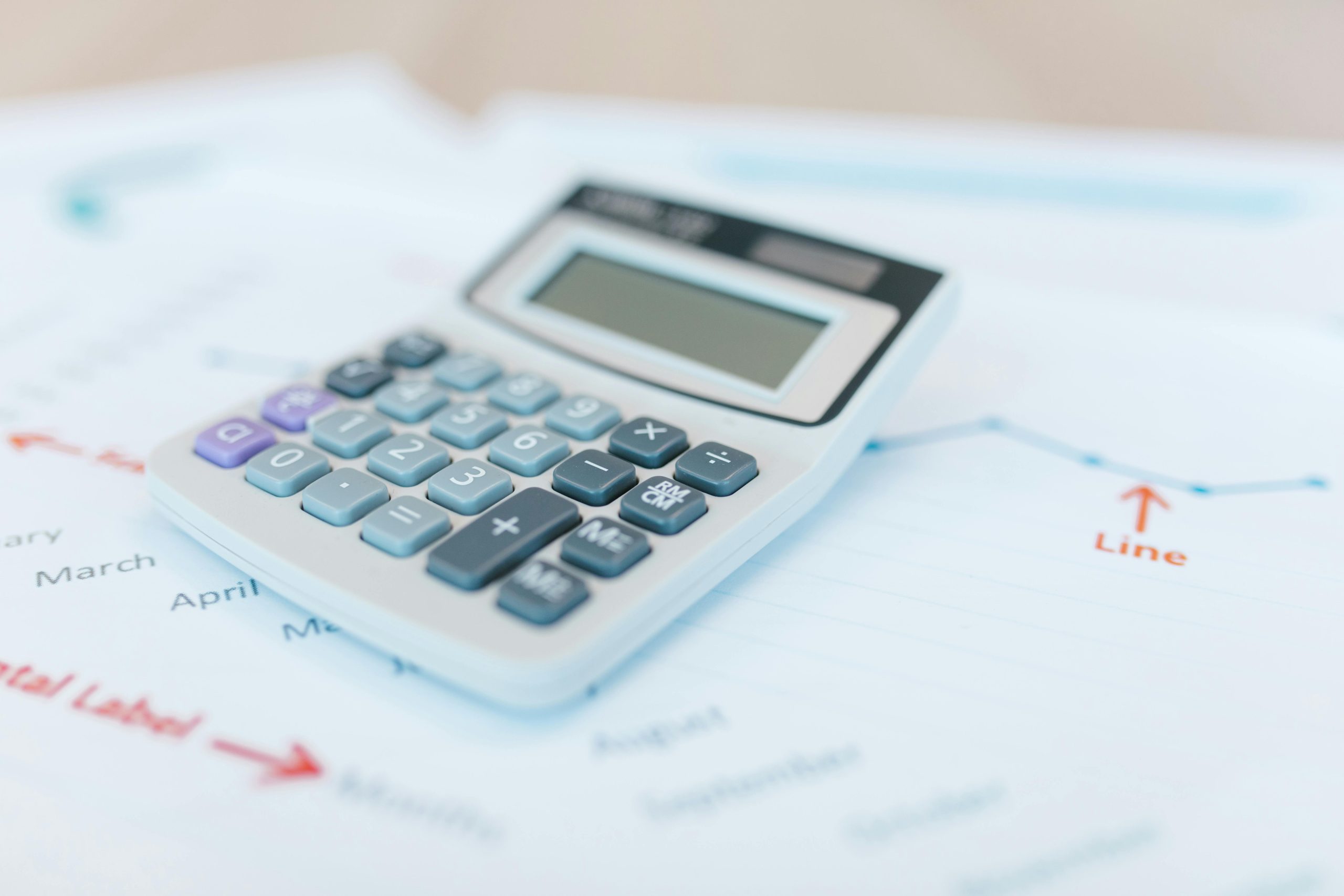Managing your finances can feel overwhelming, but creating a monthly budget is the first step toward financial freedom. A well-planned budget helps you track your income, control your spending, and save for the future. Whether you’re new to budgeting or looking to refine your approach, this step-by-step guide will walk you through how to create a monthly budget—and, more importantly, how to stick to it.
Why a Monthly Budget Matters
A monthly budget is more than just a list of expenses—it’s a financial roadmap. Without one, it’s easy to overspend, accumulate debt, or miss savings goals. A budget gives you clarity on where your money goes, helps you prioritize spending, and ensures you’re prepared for unexpected expenses. By taking control of your finances, you reduce stress and build a foundation for long-term financial health.
Step 1: Calculate Your Monthly Income
Before you can budget, you need to know how much money you have coming in. Start by listing all sources of income, including:
- Your salary (after taxes)
- Side hustles or freelance work
- Investment income
- Any other regular earnings
If your income varies month to month, use an average of the last three to six months. This gives you a realistic starting point for your budget.
Step 2: Track Your Expenses
Next, identify where your money is going. Categorize your expenses into fixed and variable costs:
- Fixed expenses: Rent, mortgage, utilities, insurance, loan payments
- Variable expenses: Groceries, dining out, entertainment, shopping
Review bank statements or use a budgeting app to track spending over the past few months. This helps you spot patterns and areas where you can cut back.
Identify Non-Essential Spending
Look for discretionary expenses that aren’t necessary, such as subscription services you rarely use or impulse purchases. Reducing these can free up money for savings or debt repayment.
Step 3: Set Financial Goals
A budget is more effective when tied to clear goals. Ask yourself:
- Do you want to pay off debt?
- Are you saving for an emergency fund, vacation, or retirement?
- Do you need to cut back on certain expenses?
Prioritize your goals and allocate funds accordingly. For example, if building an emergency fund is a priority, set aside a specific amount each month before allocating money to non-essentials.
Step 4: Create Your Budget Plan
Now, it’s time to put it all together. Subtract your total expenses from your income to ensure you’re not overspending. A popular budgeting method is the 50/30/20 rule:
- 50% for needs (housing, groceries, utilities)
- 30% for wants (dining out, hobbies)
- 20% for savings and debt repayment
Adjust these percentages based on your financial situation. If debt is a major concern, you might allocate more to repayments and less to wants.
Step 5: Stick to Your Budget
Creating a budget is one thing—sticking to it is another. Here’s how to stay on track:
Use Budgeting Tools
Apps like Mint, YNAB (You Need a Budget), or even a simple spreadsheet can help monitor spending in real time. Set up alerts to notify you when you’re nearing limits in certain categories.
Review Regularly
Check your budget weekly or biweekly to ensure you’re staying within limits. Adjust as needed—life changes, and so should your budget.
Avoid Impulse Purchases
Before making a non-essential purchase, ask yourself if it aligns with your financial goals. Implement a 24-hour “cooling-off” period for big purchases to avoid buyer’s remorse.
Reward Yourself
Sticking to a budget is hard work. Celebrate small wins—like paying off a credit card or hitting a savings milestone—to stay motivated.
Conclusion
A monthly budget is a powerful tool for taking control of your finances. By calculating your income, tracking expenses, setting goals, and creating a realistic plan, you can make smarter financial decisions. Remember, consistency is key. Review and adjust your budget regularly, and don’t get discouraged by setbacks. With discipline and the right strategies, you’ll build healthier financial habits and achieve your money goals—one month at a time.
